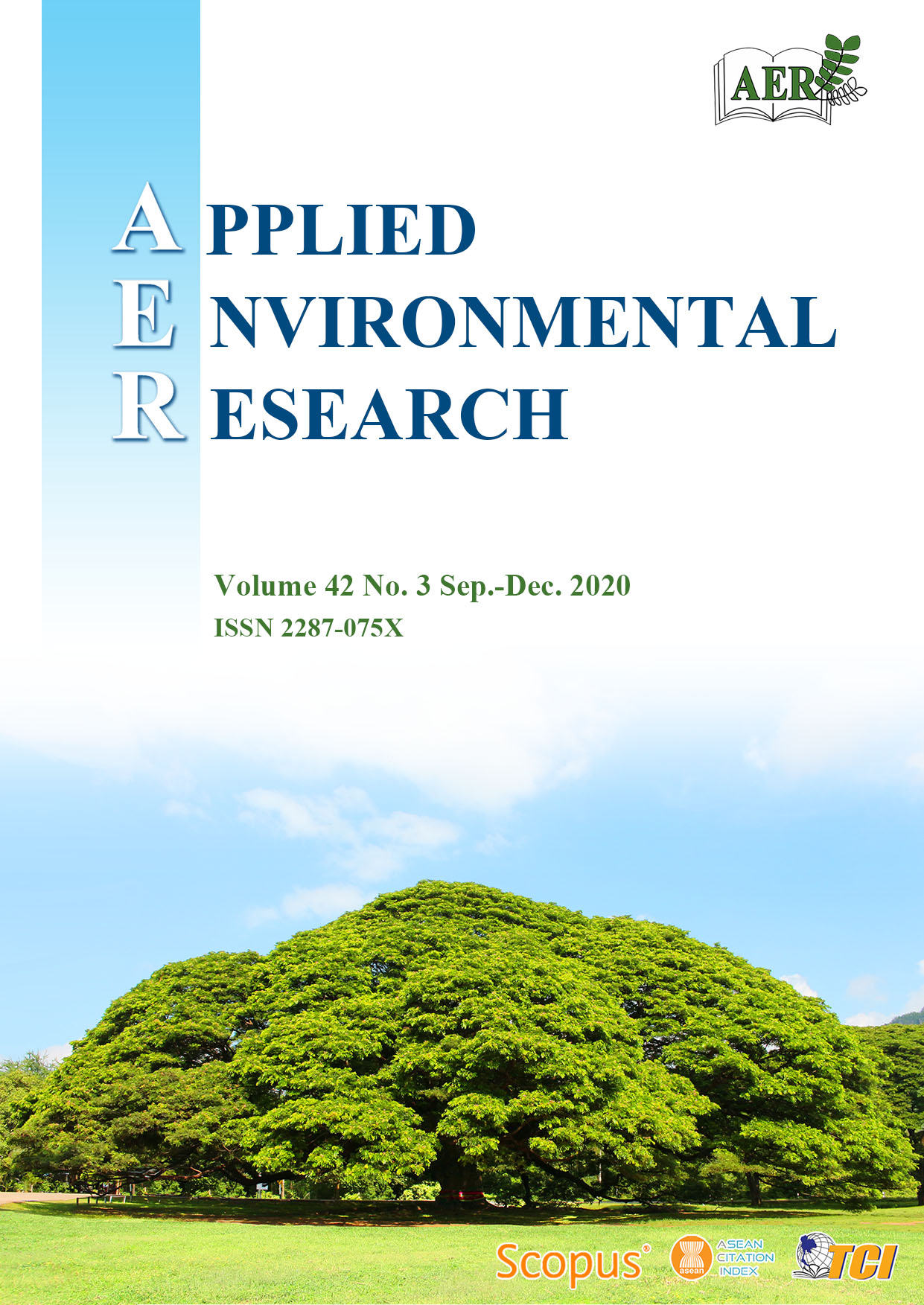Assessments of Nipa Forest Using Landsat Imagery Enhanced with Unmanned Aerial Vehicle Photography
Main Article Content
Abstract
Nipa palms are exposed by the transformation of land use and land cover changes (LULCC) due to changes to aquaculture and orchards. Modern remote sensing for environmental monitoring of LULCC has been made easier by the use of high spatial resolution images, innovative image processing and Geographic Information Systems (GIS). The expense of high-resolution satellite imagery has resulted in investigators moving to open sources (e.g., Landsat), therefore, the interpretation of images at a medium resolution can be classified simply as LULCC classes and are constrained by the detection of small-scale disturbances. This research applied Landsat imagery with very high-resolution imagery from Unmanned Aerial Vehicles (UAVs). In order to be useful for real-world applications, the accuracy of remote sensing data must be validated using proven ground-based methods. UAVs equipped with multispectral sensors were flown over the Nipa palms at the Prasae River, Rayong Province, Thailand. The main advantage of UAV-based remote sensing is that it reduces costs and immediate availability of high-resolution data. The UAV imagery was expensed as “drone truthing data” to train image classification algorithms. These results show that UAV data can be used effectively to support and categorize similar land-cover/use classes (aquaculture vs. mangrove forest vs. nipa forest) with consistently high identification of over 87.6% on the generated thematic map, where the mangrove forest detection rate was as high as 86%. For that reason, UAVs are engaged successively in management and conservation tasks, which can be used for regional or local scale studies to compare the achieved accuracy to a general regional land cover map. This approach can be used for the variability of plants to rectify land-cover classification. Therefore, UAV images are a very useful tool to fill the gap between remote sensing information and expensive ground field campaigns.
Article Details

This work is licensed under a Creative Commons Attribution-NonCommercial 4.0 International License.
Published articles are under the copyright of the Applied Environmental Research effective when the article is accepted for publication thus granting Applied Environmental Research all rights for the work so that both parties may be protected from the consequences of unauthorized use. Partially or totally publication of an article elsewhere is possible only after the consent from the editors.

